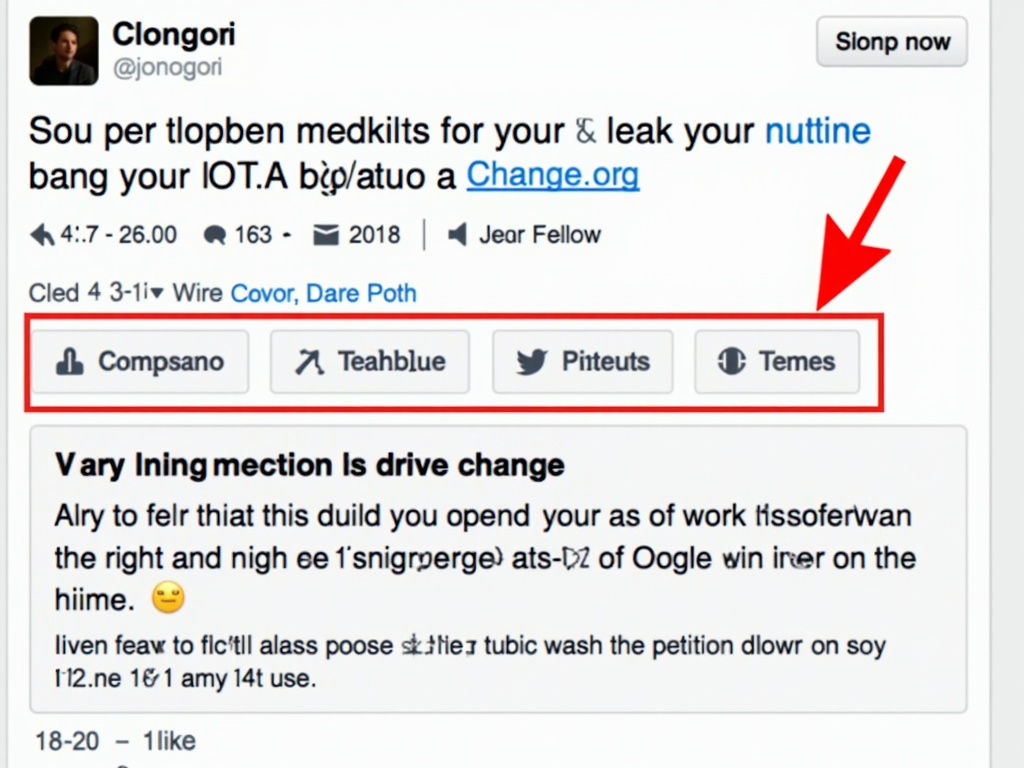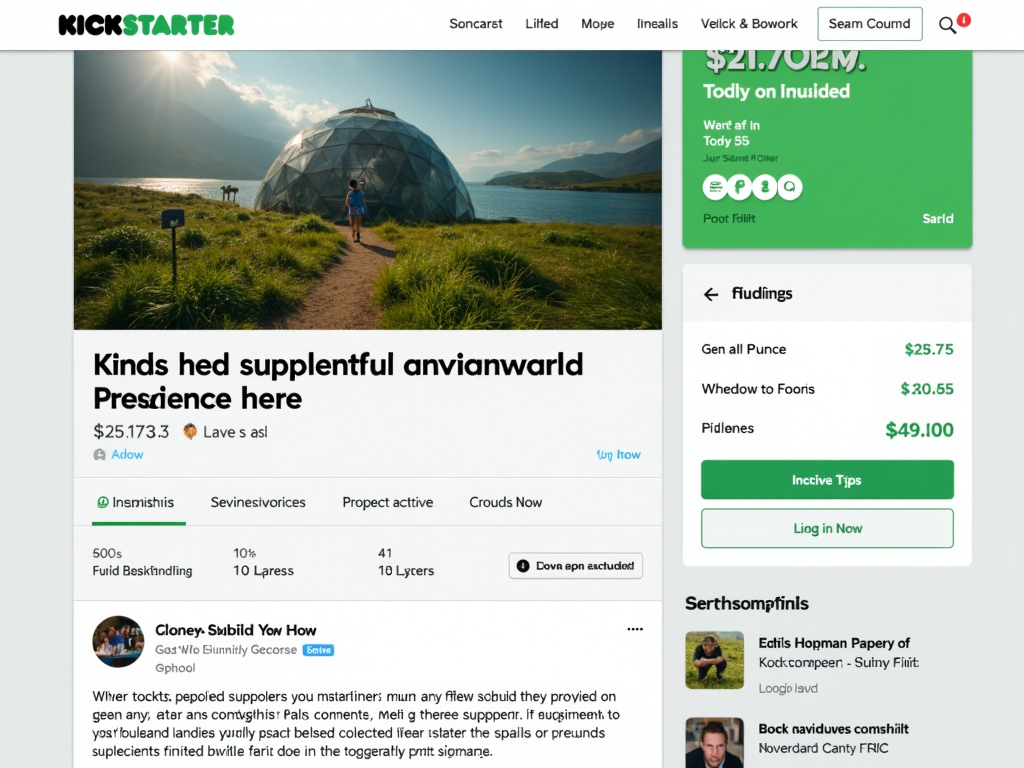Online Tools for Effective Environmental Advocacy
By , April 17, 2025
Overview
Environmental advocacy is crucial for protecting our planet. With the rise of digital technology, online tools have become essential for effective advocacy. These tools enable advocates to reach a wider audience, organize campaigns, and mobilize supporters. In this article, we'll explore the most effective online tools for environmental advocacy and how they can be used to make a difference.
Social Media Platforms
Social media platforms like Facebook, Twitter, and Instagram are powerful tools for environmental advocacy. They allow advocates to share information, raise awareness, and engage with supporters. For example, the #FridaysForFuture movement, started by Greta Thunberg, has used social media to mobilize millions of people worldwide to demand action on climate change.
To use social media effectively, advocates should:
- Create engaging content that resonates with their audience
- Use hashtags to increase visibility
- Collaborate with influencers and other organizations
- Monitor and respond to comments and messages
| Platform | Features | Best For |
|---|---|---|
| Groups, Events, Pages | Building communities, organizing events | |
| Hashtags, Retweets, Threads | Sharing news, engaging in conversations | |
| Stories, Reels, IGTV | Visual storytelling, reaching younger audiences |

Petition Websites
Petition websites like Change.org and Avaaz.org allow advocates to create and promote petitions on environmental issues. These platforms make it easy to gather signatures and demonstrate public support for a cause. For instance, a petition on Change.org calling for a ban on single-use plastics in the UK garnered over 400,000 signatures and led to a government consultation on the issue.
To create an effective petition, advocates should:
- Choose a clear and compelling title
- Write a persuasive description of the issue and the desired outcome
- Share the petition on social media and other channels
- Follow up with signatories and keep them informed of progress
Email Marketing Tools
Email marketing tools like Mailchimp and Constant Contact enable advocates to communicate with supporters, share updates, and mobilize action. These tools allow for personalized messaging and targeted campaigns. For example, the Environmental Defense Fund uses email marketing to keep supporters informed about their campaigns and encourage donations.
To use email marketing effectively, advocates should:
- Build a subscriber list through website sign-ups and events
- Segment the list based on interests and engagement levels
- Create compelling subject lines and content
- Include clear calls to action
Tips for effective email marketing:
- Keep emails concise and focused on one main message
- Use visuals to enhance the message
- Test different subject lines and content to see what works best
- Monitor open and click-through rates to measure success

Crowdfunding Platforms
Crowdfunding platforms like Kickstarter and GoFundMe can be used to raise funds for environmental projects and campaigns. These platforms allow advocates to reach a wide audience and secure financial support. For instance, the Ocean Cleanup project raised over $2 million on Kickstarter to develop technology to remove plastic from the oceans.
To run a successful crowdfunding campaign, advocates should:
- Set a clear and achievable funding goal
- Create a compelling story and video to explain the project
- Offer rewards or incentives for different levels of support
- Promote the campaign on social media and other channels
Online Advocacy Volunteering Options
Online advocacy volunteering options provide opportunities for individuals to contribute to environmental causes from anywhere in the world. These options can include tasks like social media management, content creation, and data analysis. For example, the United Nations Volunteers program offers online volunteering opportunities for environmental projects.
To get involved in online advocacy volunteering, individuals can:
- Search for opportunities on platforms like VolunteerMatch and Idealist
- Reach out to environmental organizations directly
- Participate in online training and skill-building programs
- Network with other volunteers and advocates
Benefits of online advocacy volunteering:
- Flexibility to contribute from anywhere
- Opportunities to develop new skills
- Ability to make a meaningful impact
- Connection with a global community of advocates
Summary
Online tools have revolutionized environmental advocacy, making it easier than ever to raise awareness, mobilize supporters, and drive change. By leveraging social media platforms, petition websites, email marketing tools, crowdfunding platforms, and online advocacy volunteering options, advocates can amplify their impact and make a difference in the fight for a sustainable future.